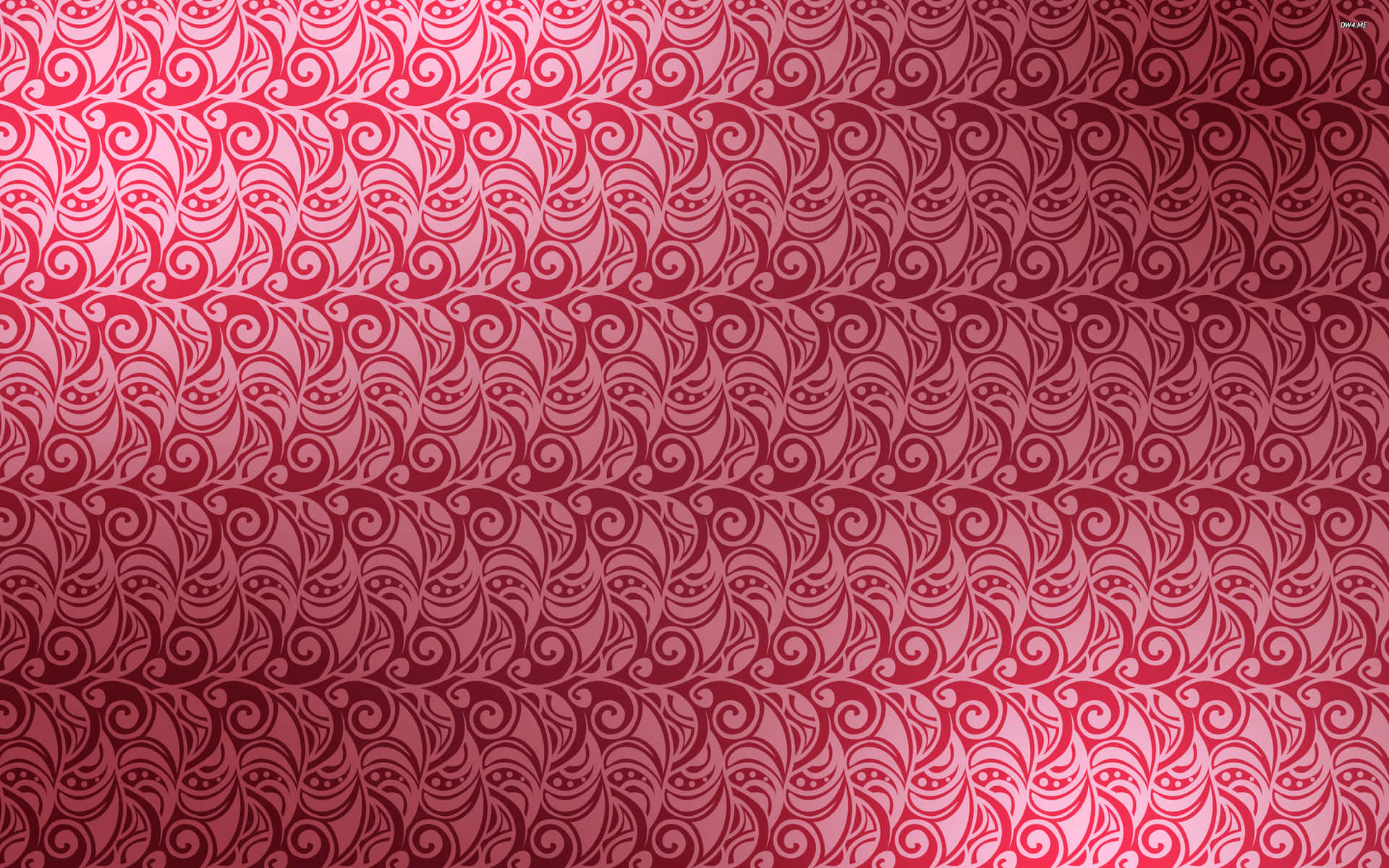To create the armature, we began with a brown paper bag stuffed tightly with wads of newspaper, scrunched up one sheet at a time. You can make these masks any size, using small lunch bags, bags from the bagel store, tall narrow bags from the liquor store, or, as in the case of the ambitious kids above and below, grocery-size paper bags!
Plan on washing your hands when you are done stuffing! Newspaper ink will come off onto your hands! When the bag is stuffed, scrunch the top shut, and seal with a rubber band or a twist-tie, and add masking tape to hold it securely.
Then, decide which sides of the bag are the front and back, and whether the end of the bag, tied tightly and taped, will be the chin or forehead. Features such as bulging eyeballs, mouths, ears, horns, noses, etc are added using cardboard rolls, cereal box cardboard, and other recyclables. Notice how the bottom of the toilet paper roll pictured below was cut into flanges or tabs that can be taped onto the stuffed bag.
On the mask below, you can see how we used a Sharpie to draw a line dividing the front and back, so that all the features are added on the front. Names were written on the back.
Once the features have all been added, papier-mache can begin. I usually recommend Art Paste ("School Smart" brand, purchased from School Specialty/Sax). But since these masks are going to be extra-large, and since I currently only have three students, with no wheat allergies, I opted for an uber-strong and extra-sticky papier-mache goop. The recipe was a boiled paste of flour, rice flour, and more, and I found the terrific recipe HERE. I've used it before and the stuff works like a dream. BUT - if you work in a school, it isn't half as practical as the Art Paste, because it needs to be refrigerated to save, and only will last about a week before it begins to spoil. Plus, remember, it has wheat in it, which means that people with wheat allergies could have a problem. And anyhow, you have to cook it to make the paste!
Here they are, partly done, but much more papier-mache to go!
And today, all the papier-mache was finally completed! The mask on the right below is my sample, using a tall thin bag from the liquor store. The sphere on the right of the photo is an eyeball that will fit into the eye socket on the upper part of the mask. Cyclops!
Below, you can see how we used cereal box cardboard with taped-on armature wire to create a tongue for one of the masks. The armature wire allowed the young artist to create the curved shape. The extra wire on the end will be used to insert the tongue into the mouth of the mask (the one pictured at the very top of the post). The tongue has been covered with papier-mache.
In case you are wondering what our next step will be, it will be fun! We will punch a hole in the back of the bag, and "scoop the brains out"! (Actually, we will be removing all the newspaper, of course.) Then we will trim off the back of the bag, paint the resulting mask, and embellish with all sorts of goodies, such as yarn, raffia, feathers, buttons, etc. Below are a few pics of those 3rd grade lunch-size paper bag masks from a few years ago, that I previously mentioned.













































